I am trying to figure out what it is I don't understand here.
I am following http://www.scipy.org/Cookbook/FittingData and trying to fit a sine wave. The real problem is satellite magnetometer data which makes a nice sine wave on a spinning spacecraft. I created a dataset then am trying to fit it to recover the inputs.
Here is my code:
import numpy as np
from scipy import optimize
from scipy.optimize import curve_fit, leastsq
import matplotlib.pyplot as plt
class Parameter:
def __init__(self, value):
self.value = value
def set(self, value):
self.value = value
def __call__(self):
return self.value
def fit(function, parameters, y, x = None):
def f(params):
i = 0
for p in parameters:
p.set(params[i])
i += 1
return y - function(x)
if x is None: x = np.arange(y.shape[0])
p = [param() for param in parameters]
return optimize.leastsq(f, p, full_output=True, ftol=1e-6, xtol=1e-6)
# generate a perfect data set (my real data have tiny error)
def mysine(x, a1, a2, a3):
return a1 * np.sin(a2 * x + a3)
xReal = np.arange(500)/10.
a1 = 200.
a2 = 2*np.pi/10.5 # omega, 10.5 is the period
a3 = np.deg2rad(10.) # 10 degree phase offset
yReal = mysine(xReal, a1, a2, a3)
# plot the real data
plt.figure(figsize=(15,5))
plt.plot(xReal, yReal, 'r', label='Real Values')
# giving initial parameters
amplitude = Parameter(175.)
frequency = Parameter(2*np.pi/8.)
phase = Parameter(0.0)
# define your function:
def f(x): return amplitude() * np.sin(frequency() * x + phase())
# fit! (given that data is an array with the data to fit)
out = fit(f, [amplitude, frequency, phase], yReal, xReal)
period = 2*np.pi/frequency()
print amplitude(), period, np.rad2deg(phase())
xx = np.linspace(0, np.max(xReal), 50)
plt.plot( xx, f(xx) , label='fit')
plt.legend(shadow=True, fancybox=True)
Which makes this plot:

The recovered fit parameters of [44.2434221897 8.094832581 -61.6204033699] have no resemblance to what I started with.
Any thoughts on what I am not understanding or doing wrong?
scipy.__version__
'0.10.1'
Edit:
Fixing one parameter was suggested. In the example above fixing the amplitude to np.histogram(yReal)[1][-1] still produces unacceptable output. Fits: [175.0 8.31681375217 6.0] Should I try a different fitting method? Suggestions on which?
